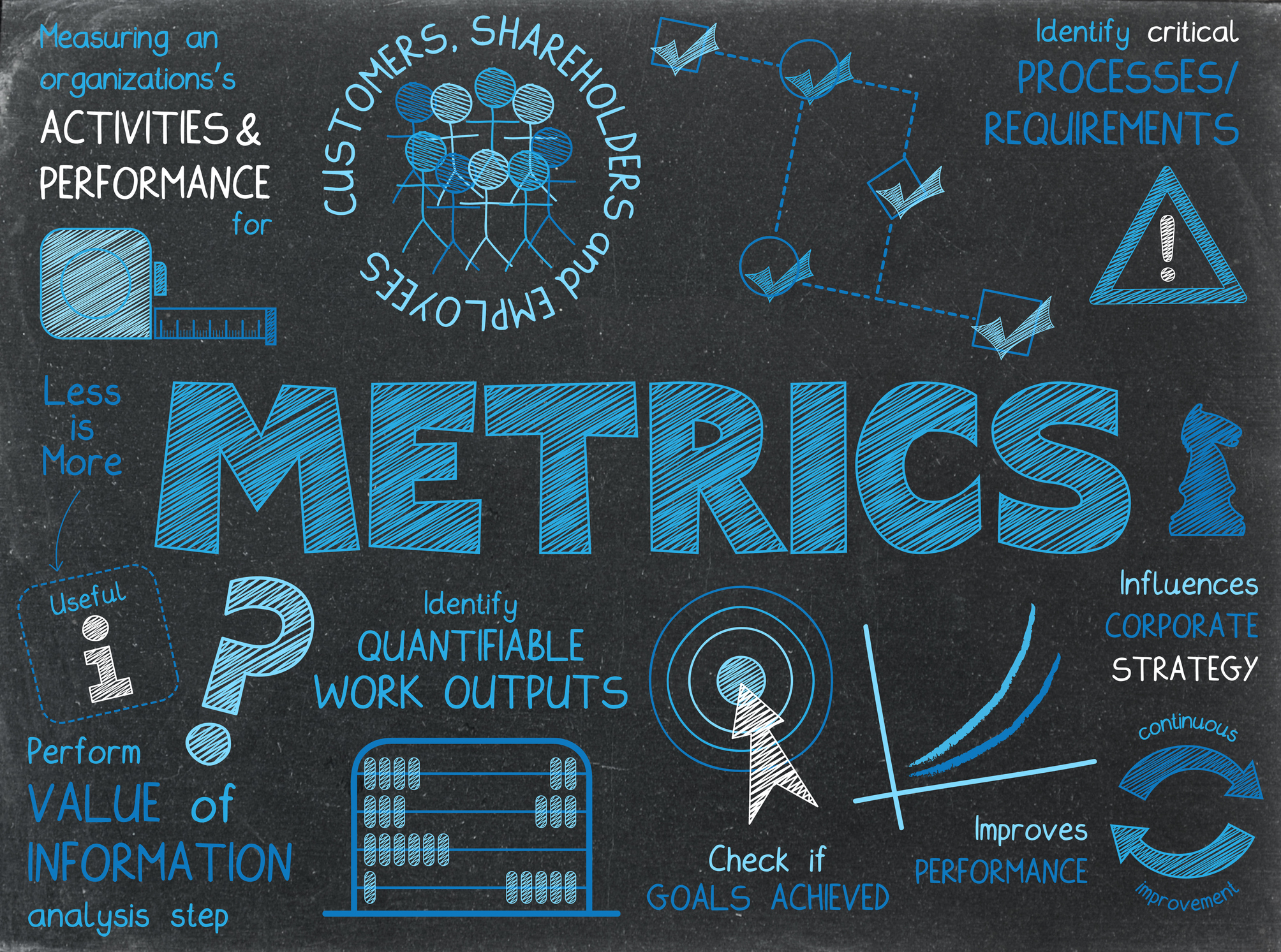KPI (Key Performance Indicator): measurable values that demonstrate how efficient a corporation is at attaining key business objectives. KPIs are used to evaluate success in attaining targets.
KPI Must Be
- Well-defined and measurable
- Well communicated to all departments of an organization
- Vital to achieving goals.
- Valid to Line of Business

Financial Metrics
- Revenue: Revenue is one of the most significant performance indicators to evaluate the organization’s success. Bookkeeping helps you in assessing revenue.
- Expenditure: Calculate cost-effectiveness to determine the best methods for reducing and managing costs. Good bookkeeping practices determine expenses.
- LOB profits vs. objective: it is an evaluation of actual profits and projected profits to identify the performance of a department.
- Expenditure Of supplies Sold: evaluate profit margin by calculating production costs and assess product markup and actual profit margin.
- Day transaction Outstanding: The better the accounts receivable, the better the organization’s efficiency.
- Sale by area: analysis of sales area-wide helps make better strategies in areas where sales objectives fail to be achieved.
- LOB operating expense Vs. Budget: A comparison of forecasted budget and actual overheads helps in creating an adequate budget for the future.
Customer Metrics
- Client Lifetime Value (CLV): CLV helps determine the value received from a long-term client of the organization. This is useful in keeping the best customers.
- Client Acquisition Cost (CAC): it helps evaluate a marketing campaign’s cost-effectiveness.
- Client Satisfaction & custody: by making customers happy and satisfied, you encourage them to become permanent customers.
- Net Promoter Score (NPS): Make a quarterly survey and evaluate the company’s growth over long periods.
- Several clients: this is a simple KPI like Profit. The number of customers gained or lost determines whether customers’ needs are met.

Process Metrics
- Client Support Tickets: Analysis of CPT helps create a successful customer service department.
- Percentage Of manufactured goods defects: The lesser the number, the better it is performed.
- LOB effectiveness evaluates: Efficiency is measured by the number of products manufactured in specific periods.
People Metrics
- Employee Turnover Rate (ETR): high ETR requires investigation and evaluation of packages and organization culture.
- Percentage of Response to Open Positions: many applicants indicate that the organization is doing well and that people want to work with you.
- Employee Satisfaction: the larger the number of happy employees, the healthier the organization.
- Retirement Rate: This is important for developing strategic workforce plans.
- Knowledge Achieved with Training determines the value of employee training and knowledge enhancement.
- Internal Promotions vs. External Hires: this metric is valuable for deciding the organization’s succession planning.
- Salary Competitiveness Ratio (SCR): used to assess the competitiveness of compensation options.

Customer Metrics
- Customer Churn Rate: determines the percentage of customers who stop purchasing or availing of the service.
- Contact Volume by Channel determines the number of customer requests and the method adopted by the customer for communication, i.e., email, phone, or other.
- Percentage Of Customers Who Are “Very” Or “Extremely” Satisfied: Determines the opportunity to survey customers’ expectations.
- Several New Vs. Repeat Site Visits provide differentiation of prospective clients and website traffic.
Financial Metrics
- Cash Flow from Financing Activities: demonstrates financial strength.
- Average Annual Expenses to Serve One Customer: the average sum required to serve one customer.
- EBITDA (Earnings before Interest, Taxes, Depreciation, & Amortization): Formula: (Revenue) – (Expenses Excluding Interest, Tax, Depreciation & Amortization) = (EBITDA).
- Innovation Spending: The higher the spending figure, the more value innovation has in an organization.
- (Customer Lifetime Value) / (Customer Acquisition Cost): this value should exceed one.
Conclusion
Periodic evaluation of KPIs helps create a better entrepreneurship strategy. It also guides the adjustments necessary for growth and expansion.
 About Complete Controller® – America’s Bookkeeping Experts Complete Controller is the Nation’s Leader in virtual bookkeeping, providing service to businesses and households alike. Utilizing Complete Controller’s technology, clients gain access to a cloud platform where their QuickBooks™️ file, critical financial documents, and back-office tools are hosted in an efficient SSO environment. Complete Controller’s team of certified US-based accounting professionals provide bookkeeping, record storage, performance reporting, and controller services including training, cash-flow management, budgeting and forecasting, process and controls advisement, and bill-pay. With flat-rate service plans, Complete Controller is the most cost-effective expert accounting solution for business, family-office, trusts, and households of any size or complexity.
About Complete Controller® – America’s Bookkeeping Experts Complete Controller is the Nation’s Leader in virtual bookkeeping, providing service to businesses and households alike. Utilizing Complete Controller’s technology, clients gain access to a cloud platform where their QuickBooks™️ file, critical financial documents, and back-office tools are hosted in an efficient SSO environment. Complete Controller’s team of certified US-based accounting professionals provide bookkeeping, record storage, performance reporting, and controller services including training, cash-flow management, budgeting and forecasting, process and controls advisement, and bill-pay. With flat-rate service plans, Complete Controller is the most cost-effective expert accounting solution for business, family-office, trusts, and households of any size or complexity.



